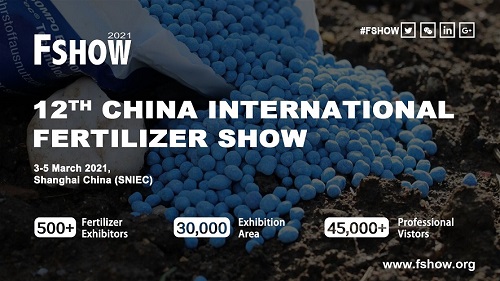
Exhibition time: 17-19 March, 2026 Shanghai, China
 中文
中文

Exhibition time: 17-19 March, 2026 Shanghai, China
 中文
中文
A variety of coatings have been applied to fertilizer particles to control their solubility in soil. Controlling the rate of nutrient release can offer multiple environmental, economic, and yield benefits.

Production
A wide range of materials have been used as coatings on soluble fertilizers. Coatings are most commonly applied to granular or prilled nitrogen (N) fertilizer, but multi-nutrient fertilizers receive the coatings as well. Since urea contains the highest N of common soluble fertilizers, it’s the base material for most coated fertilizers.
Elemental sulfur (S) was the first widely used fertilizer coating. It involved spraying molten S over urea granules, followed by an application of sealant wax to close any cracks or imperfections in the coating. An improvement in this process was later adopted when the S layer was covered with a thin layer of organic polymer.
Other coated fertilizers are made by reacting various resin-based polymers on the surface of the fertilizer granule. Another technique requires using low-permeability polyethylene polymers in combination with high-permeability coatings. The coating materials and coating processes vary among manufacturers.
The composition and thickness of the fertilizer coating is carefully adjusted to control the nutrient release rate for specific applications. The duration of nutrient release from specific fertilizers can vary from several weeks to many months, as described on the product label. An additional expense is associated with adding a coating to a fertilizer particle, so coated fertilizers cost more than the uncoated materials.
Agricultural use
Coated fertilizers perform in a variety of agricultural and horticultural situations. They provide a prolonged supply of nutrients that may offer many benefits:
----Sustained nutrient release may decrease leaching and gaseous losses.
----Labor and application costs may be reduced by eliminating the need for multiple fertilizer applications.
----Seedlings may better tolerate closely placed fertilizer.
----Prolonged nutrient release may provide more uniform plant nutrition, better growth and improved plant performance.
The maximum benefit from coated fertilizer is achieved only when growers synchronize the duration of nutrient release with the periods of plant nutrient uptake.
Management practices
Predicting the pattern of nutrient release from coated fertilizers in wide-ranging soil and cropping conditions is complex, since multiple environmental factors control it. For example, many coated fertilizers release more rapidly with increased moisture and soil temperature. Some products depend on soil microbial activity for nutrient release. An understanding of the mechanism of nutrient release helps producers get the maximum value from coated fertilizers.
The brittleness of some coating materials subject them to abrasion and breaking under harsh environments. Excessive handling should be avoided when possible.

Non-agricultural uses of controlled-release technology
Controlled-release technology is important beyond agriculture. Perhaps its most well-known use is in the sustained release of pharmaceuticals that can be taken less frequently yet still sustain a steady concentration in the bloodstream. Coated materials are also used for veterinary and pest-control purposes.
Source: Nutrient Source Specifics (No. 20), International Plant Nutrition Institute.
